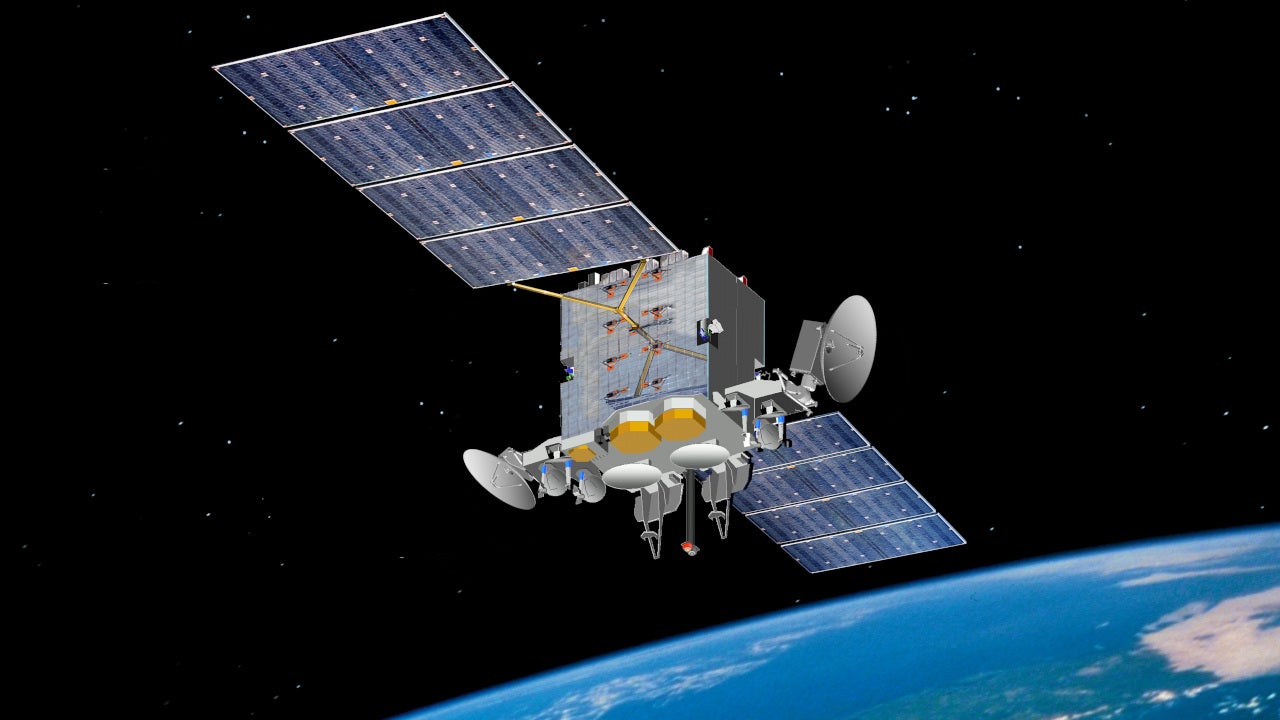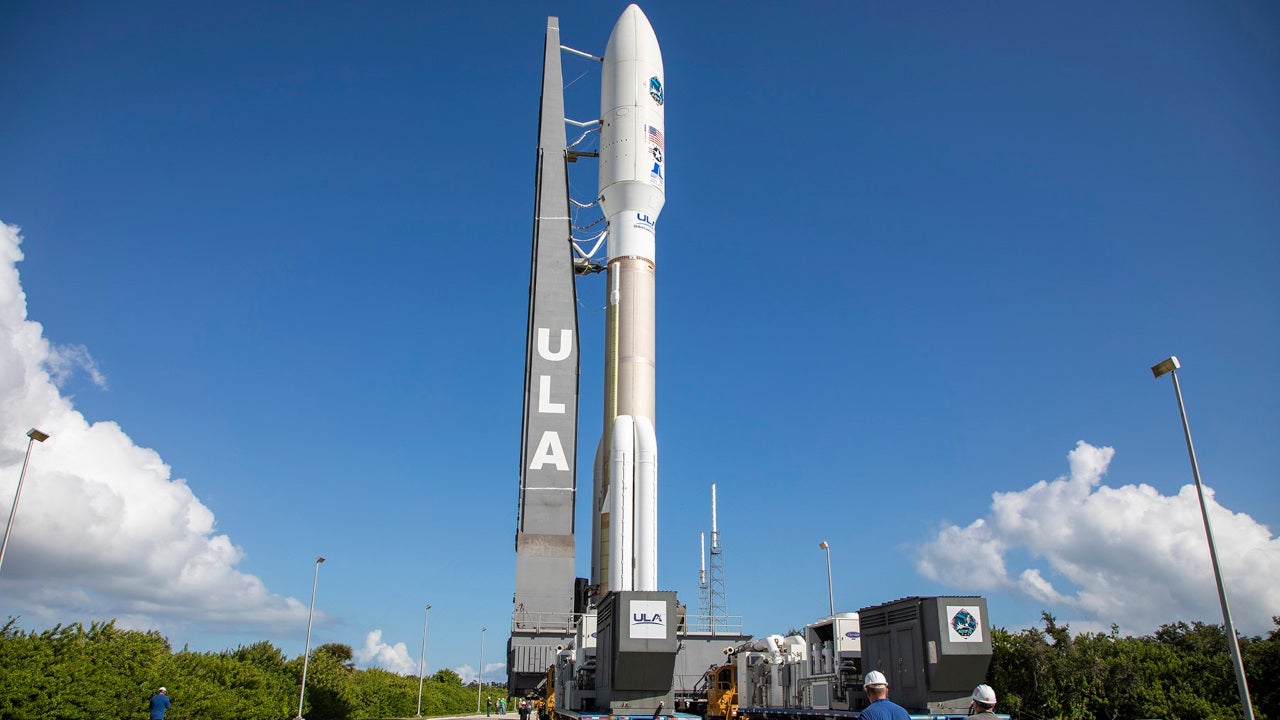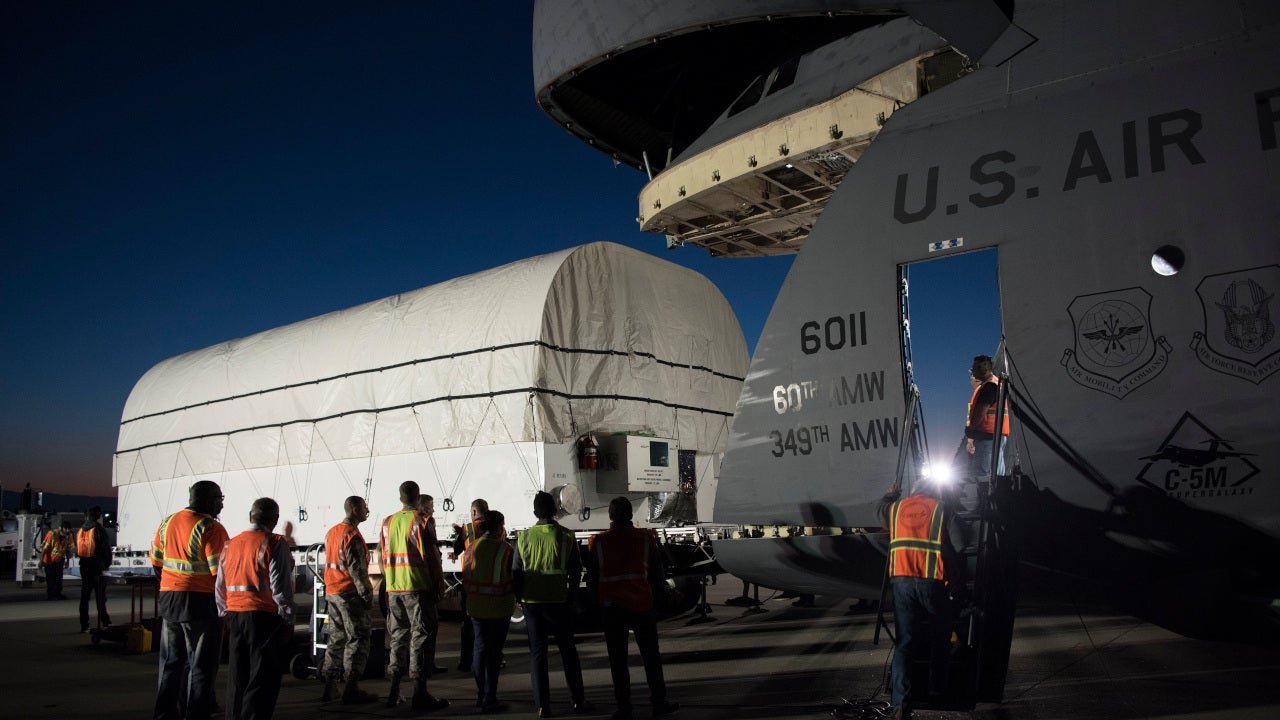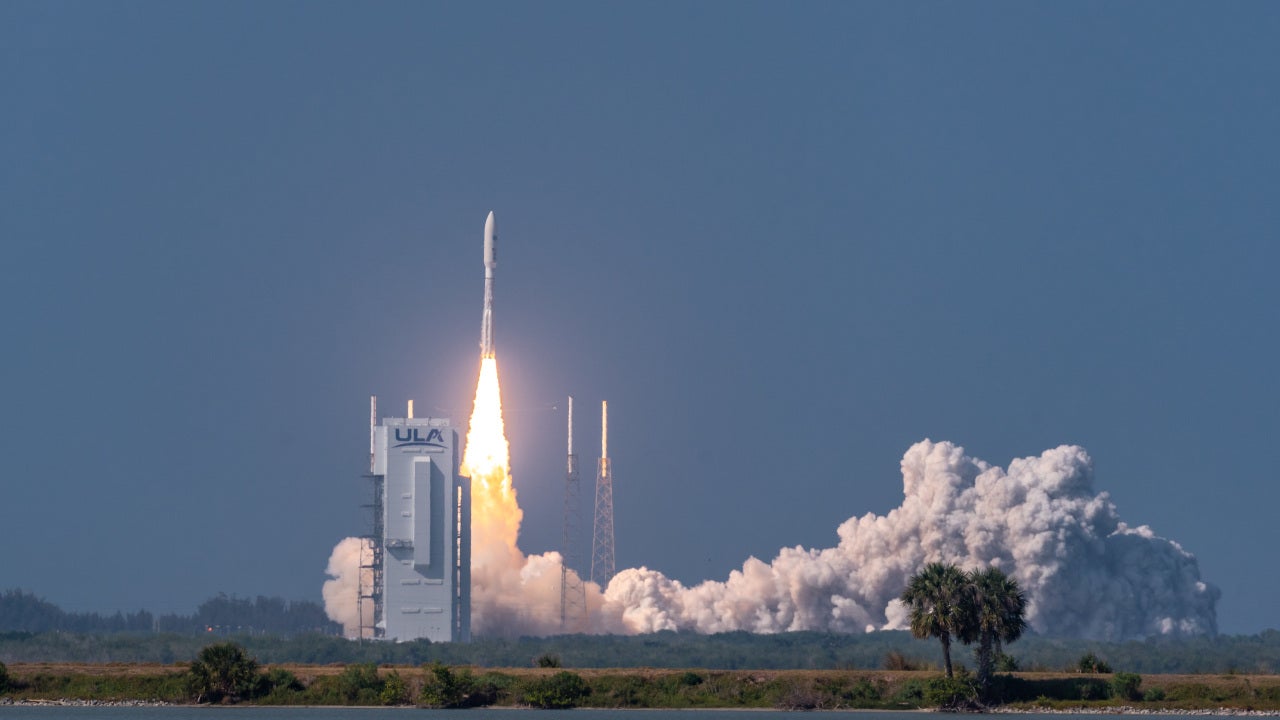The Advanced Extremely High-Frequency (AEHF) system is a series of six military communication satellites, which supplement the legacy five-satellite Milstar constellation system. It provides extremely high-frequency (EHF) range uplink / crosslink capabilities and super high-frequency (SHF) range communications.
AEHF is part of the Military Satellite Communications Systems Wing’s protected satellite communications (SATCOM) group. It is operated by the Air Force Space Command of the US Air Force. The main function of the AEHF spacecraft in geostationary orbit is to provide secure, survivable and near-worldwide satellite communications. It also delivers military communications and jointly serves the armed forces of the US and international partners including the Netherlands, the UK and Canada. Satellites are more jam-resistant, secure, survivable and protected, offering global communications for sea, ground and air force assets.
AEHF supports a wide spectrum of missions, such as strategic nuclear and defence operations, special operations, theatre missile defence, space operations and intelligence. The AEHF programme was started in 1999 and the development began in 2001. It achieved initial operational capability in July 2018 and all six satellites are in the orbit by March 2020.
Operational capabilities of the USAF’s satellite system
AEHF satellites are designed based on the A2100 satellite bus and are powered by hall current thruster electric propulsion. The thrusters control orbital eccentricity of the satellite during its repositioning. The satellite had a mass of 6,168kg at launch.
Capabilities of AEHF have been improved over the Milstar satellite system, as well as the MILSATCOM architecture. The throughput of the AEHF is ten times higher than that of the Milstar satellites. AEHF also has substantially increased coverage area, providing connectivity across naval, air and land mission warfare.
The AEHF system consists of satellites in space, user terminals and ground-mission control and associated communication network systems. The six satellites are linked to form a constellation and provide continuous coverage from 65° south to 65° north latitude for 24 hours a day.
Mission control segment
Mobile and fixed control stations make up the highly survivable mission control segment. It handles the satellites in orbit, monitors satellite health and provides monitoring and planning of operations.
The terminal segment is a network of both fixed and ground mobile, airborne, ship and submarine and other terminals of all the international partners. Only the air force terminal and space and ground segments are acquired by SATCOM. These three segments enable communications and transfer of data at specified rates ranging from 75bps to about 8Mbps.
Payloads of the AEHF satellites
The AEHF communication satellite’s anti-jam payload includes onboard signal processing, radio frequency equipment, crossbanded EHF/SHF communication antennas, routing and control software and hardware integral to the A2100 space vehicle.
It consists of two uplink/downlink antennas, two SHF downlink phased arrays, two crosslinks, one uplink EHF phased array, uplink/downlink earth coverage horns, and six uplink downlink gimballed dish antennas.
The payload controls the SHF downlink and crosslink functions, EHF uplinks, beam forming and onboard nulling. It also controls signal processing, time and frequency for extremely high, medium and low data rates of operation.
The AEHF constellation is more efficient and capable than the older five Milstar satellites. In-orbit processing and reconfigurable networks allow interoperability and dynamic command and control requirements.
Antenna beams from the satellite are electronically steerable and mappings can be made from channel to beam to achieve the required transmission capacity. Satellites can be crosslinked for enabling communications across the globe from different ground gateways.
Advantages of the tactical communication system are small and mobile terminals, dynamic routing and low detection probability. It provides tactical military communications, including maps and real-time videos of the battlefield. The satellites also offer other critical survivable, endurable and protected communications and address cyber threats.
Launching the military communication satellites
The first satellite, AEHF-1, was scheduled to launch in 2007. However, it was delayed due to difficulties such as key cryptographic requirements. It was finally launched by United Launch Alliance (ULA) from Space Launch Complex 41 at the Cape Canaveral Air Force Station in August 2010.
The satellite was launched using the Atlas V 531 carrier under the project name USA-214 (AEHF SV-1). It was deployed into the geosynchronous transfer orbit. The first two launch attempts were, however, unsuccessful due to malfunctioning of liquid apogee engine motor.
The second AEHF was launched from the base onboard a ULA Atlas V Evolved Expendable Launch Vehicle (EELV) 531 in May 2012. An RD Amross RD-180 engine powered the Atlas Booster.
Centaur upper stage was powered by a Pratt & Whitney Rocketdyne RL10A engine. It was launched successfully at the second attempt after the first one failed because of an overtemp condition on the Centaur Interstage Adapter purge.
AEHF-3 was launched aboard the Atlas V vehicle in September 2013, followed by launch of AEHF-4 aboard Atlas V launch vehicle in October 2018.
The AEHF-5 was launched in August 2019 following the completion of thermal vacuum chamber (TVAC) and acoustic testing in May 2018. The final satellite AEHF-6 was launched in March 2020. Both the satellites were launched aboard Atlas V 551 vehicle.
Contractors for the US’s AEHF constellation programme
Lockheed Martin Space Systems was responsible for the space and ground segments of the AEHF satellites, including mission controls and system integration. Northrop Grumman Aerospace Systems supplied the payload. The project was led by the US Air Force Military Satellite Communications Systems Wing at the Space and Missile Systems Center, at Los Angeles Air Force Base in California.
Vanguard Space Technologies was subcontracted to fabricate and test two spacecraft bus structures of the satellites.







